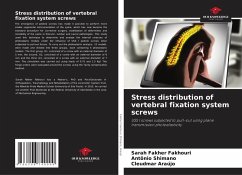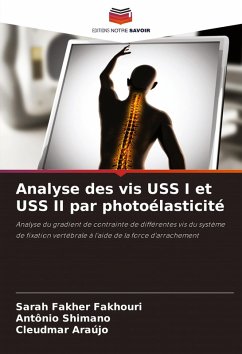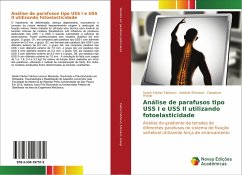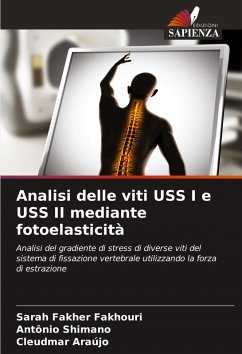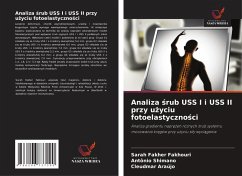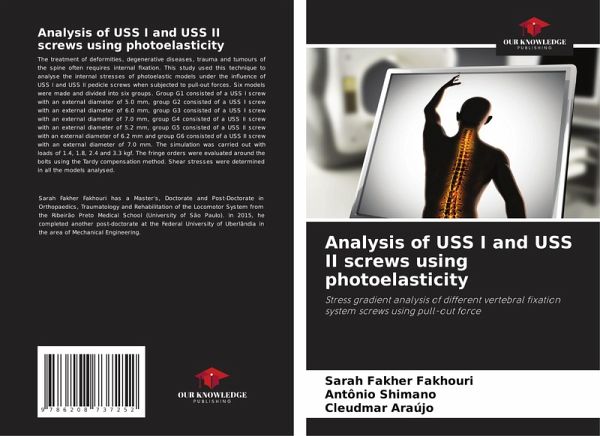
Analysis of USS I and USS II screws using photoelasticity
Stress gradient analysis of different vertebral fixation system screws using pull-out force
Versandkostenfrei!
Versandfertig in 6-10 Tagen
33,99 €
inkl. MwSt.

PAYBACK Punkte
17 °P sammeln!
The treatment of deformities, degenerative diseases, trauma and tumours of the spine often requires internal fixation. This study used this technique to analyse the internal stresses of photoelastic models under the influence of USS I and USS II pedicle screws when subjected to pull-out forces. Six models were made and divided into six groups. Group G1 consisted of a USS I screw with an external diameter of 5.0 mm, group G2 consisted of a USS I screw with an external diameter of 6.0 mm, group G3 consisted of a USS I screw with an external diameter of 7.0 mm, group G4 consisted of a USS II scre...
The treatment of deformities, degenerative diseases, trauma and tumours of the spine often requires internal fixation. This study used this technique to analyse the internal stresses of photoelastic models under the influence of USS I and USS II pedicle screws when subjected to pull-out forces. Six models were made and divided into six groups. Group G1 consisted of a USS I screw with an external diameter of 5.0 mm, group G2 consisted of a USS I screw with an external diameter of 6.0 mm, group G3 consisted of a USS I screw with an external diameter of 7.0 mm, group G4 consisted of a USS II screw with an external diameter of 5.2 mm, group G5 consisted of a USS II screw with an external diameter of 6.2 mm and group G6 consisted of a USS II screw with an external diameter of 7.0 mm. The simulation was carried out with loads of 1.4, 1.8, 2.4 and 3.3 kgf. The fringe orders were evaluated around the bolts using the Tardy compensation method. Shear stresses were determined in all the models analysed.



